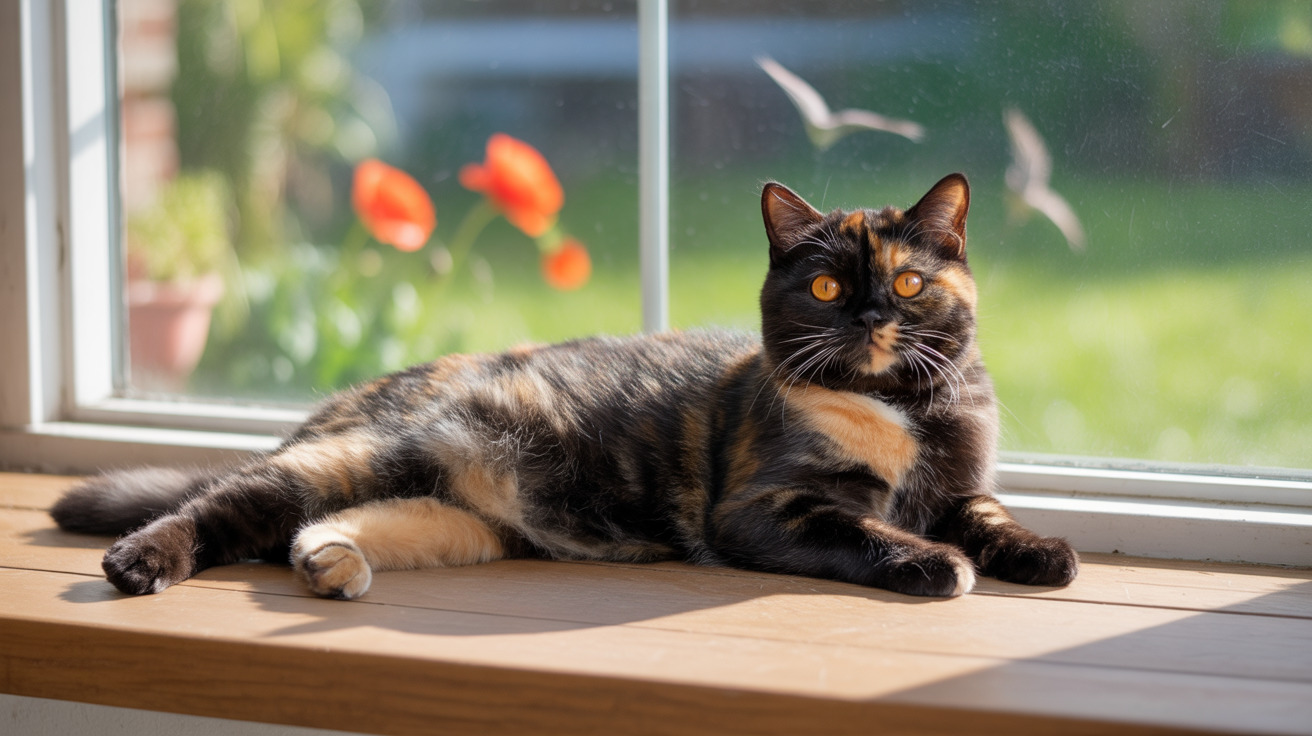In the fascinating world of feline genetics, male tortoiseshell cats stand as one of nature's most extraordinary anomalies. These striking cats, known for their distinctive multi-colored coats, are so rare that they occur in only about 1 in every 3,000 tortoiseshell cats. Their existence challenges our understanding of feline genetics and has captivated both scientists and cat lovers alike.
The peculiarity of male tortoiseshell cats lies in their unique genetic makeup, which typically shouldn't be possible under normal circumstances. Let's delve into the fascinating science, myths, and mysteries surrounding these remarkable felines.
Understanding the Genetics of Male Tortoiseshell Cats
The tortoiseshell pattern results from a complex interplay of genes located on the X chromosome. Female cats normally have two X chromosomes (XX), allowing them to inherit both orange and black color genes necessary for the tortoiseshell pattern. Male cats, however, typically have only one X chromosome (XY), making the tortoiseshell pattern almost impossible under normal circumstances.
When male tortoiseshell cats do occur, it's usually due to a rare genetic condition called Klinefelter syndrome, where they possess an extra X chromosome (XXY). This chromosomal anomaly allows them to express both orange and black fur colors, creating the distinctive tortoiseshell pattern.
The Rarity Factor
The extreme rarity of male tortoiseshell cats has made them almost legendary in the cat world. Over 99.9% of tortoiseshell cats are female, making male tortoiseshells true genetic unicorns. This rarity is further emphasized by the fact that most male tortoiseshells with Klinefelter syndrome are sterile, preventing them from passing on their unique genetic makeup.
Health and Physical Characteristics
Male tortoiseshell cats with Klinefelter syndrome may experience certain health challenges due to their chromosomal makeup. While many lead normal, healthy lives, they might be prone to:
- Larger than average body size
- Slightly delayed development
- Possible behavioral differences
- Increased risk of certain health conditions
Despite these potential challenges, each cat is unique, and many male tortoiseshells live long, healthy lives with proper care and attention.
Cultural Significance and Folklore
Throughout history, male tortoiseshell cats have been regarded as magical or lucky in various cultures. In Japan, they're considered powerful good luck charms, while Celtic folklore views them as bringers of good fortune. These beliefs likely stem from their extraordinary rarity and striking appearance.
The Scientific Exception: Chimeras and Mosaics
In extremely rare cases, male tortoiseshell cats may result from genetic chimerism or mosaicism rather than Klinefelter syndrome. These cats can sometimes be fertile, unlike their XXY counterparts, representing an even rarer subset of an already uncommon phenomenon.
Frequently Asked Questions
Why are male tortoiseshell cats so rare compared to females?
Male tortoiseshell cats are extremely rare because the genes responsible for tortoiseshell coloring are located on the X chromosome. Since males typically only have one X chromosome, they usually can't express both color variations needed for the tortoiseshell pattern. They only occur when there's a genetic anomaly like Klinefelter syndrome (XXY).
How does the genetics of male tortoiseshell cats differ from typical male cats?
Male tortoiseshell cats typically have an extra X chromosome (XXY) instead of the normal XY configuration found in typical male cats. This additional X chromosome allows them to express both orange and black fur colors, creating the tortoiseshell pattern.
Are male tortoiseshell cats usually fertile or sterile?
Most male tortoiseshell cats are sterile due to their XXY chromosome configuration (Klinefelter syndrome). Only in extremely rare cases, such as with genetic chimerism, might a male tortoiseshell cat be fertile.
What myths and cultural beliefs exist about male tortoiseshell cats?
Many cultures consider male tortoiseshell cats to be especially lucky or magical. Japanese tradition views them as good luck charms, while Celtic folklore regards them as bearers of good fortune. These beliefs are likely tied to their extreme rarity.
Can a male tortoiseshell cat have a unique personality compared to other cats?
While some cat owners report distinctive personality traits in male tortoiseshell cats (sometimes called "tortitude"), there's no scientific evidence supporting personality differences based on coat color. Each cat's personality is unique and shaped by various factors including genetics, environment, and socialization.
Conclusion
Male tortoiseshell cats remain one of the most fascinating genetic anomalies in the feline world. Their rarity, combined with the complex genetics behind their existence, makes them truly special specimens in the vast spectrum of cat breeds and color patterns. While they may require special medical consideration due to their unique genetic makeup, they stand as remarkable examples of nature's occasional departure from the usual rules of inheritance.






